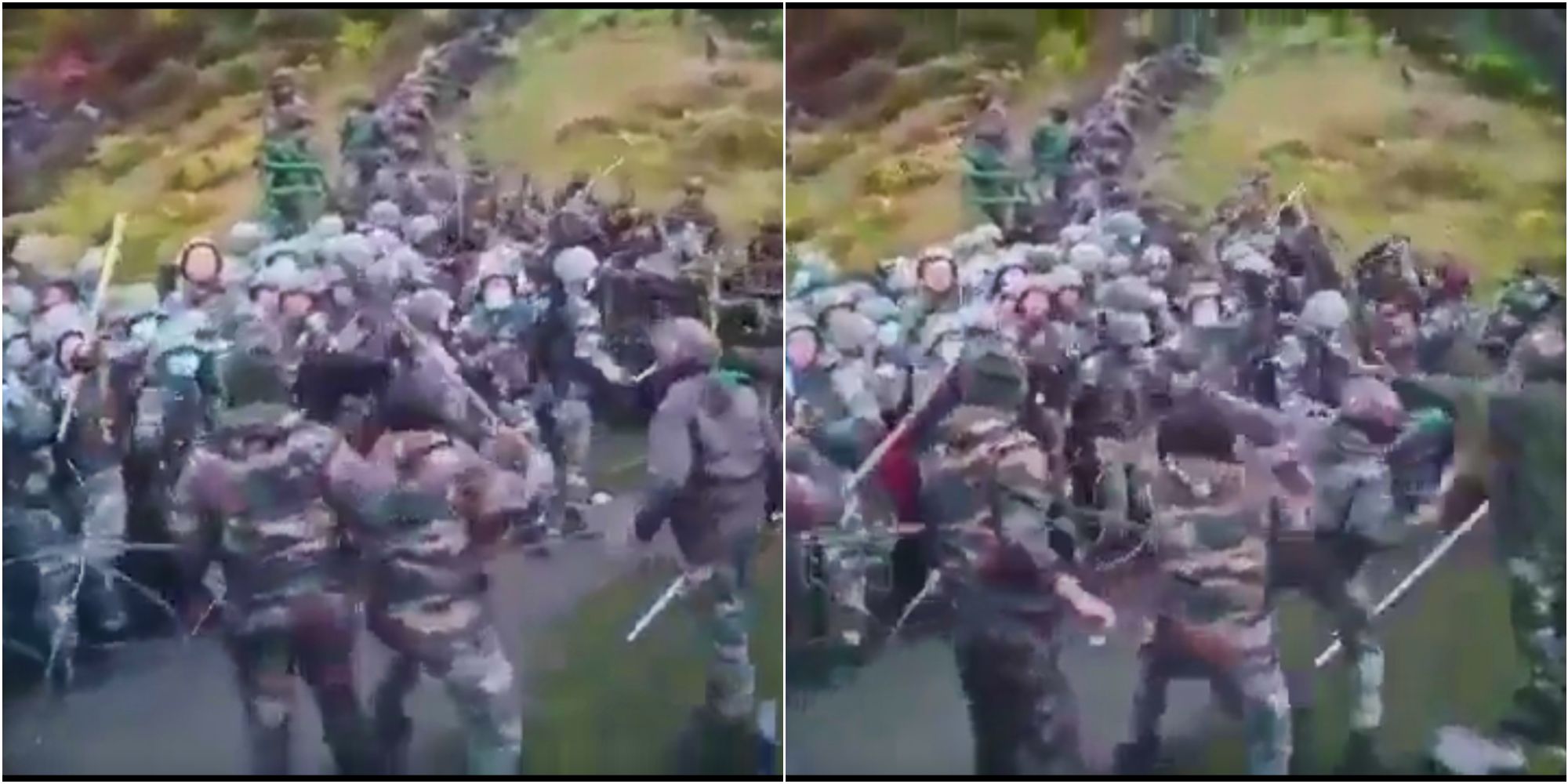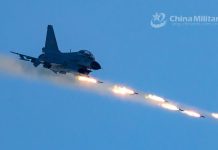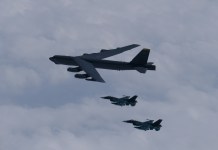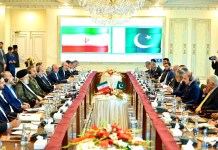Non-alignment, a feature of Cold War-era diplomacy, made little impact in changing the course of events in contemporary world history. The non-aligned countries of the 1950s and 1960s were considered co-travelers on the Soviet bandwagon.
Nevertheless, the Non-Aligned Movement (NAM) was a re-assertion by the Third World that unipolarity was not an answer to economic deprivation and political marginalization of under-developed or developing countries. Its economic and developmental components remained little identified and less sought after.
Gradually, the world, even before the implosion of the Soviet Union in 1991, had begun to move towards regional groupings like ASEAN, SAARC, Shanghai Cooperation Organisation, European Union, and African Union.
All these organizations generally talked about economic cooperation and developmental engagements with reduced importance for political and ideological considerations.
Perhaps, in a sense, these regional groupings meant more to the vast underdeveloped populations living in conditions of poverty and deprivation.
With tremendous advancement in science and technology, for which credit will be given to the initiatives of the developed countries, we are experiencing a life that is molded in a format far different than the one we have lived in near past.
The most significant change in the last two decades is the rise of China, an Asian power, in terms of economic advancement, military power, and global outreach.
India and Russia have enjoyed a long period of friendship and cooperation. Russia has played a significant role in equipping Indian defense forces with military hardware. Russia also lent political support to India, especially in the case of the Kashmir dispute.
However, after the USSR implosion in 1991, these relations came under stress. Prudent statesmanship on both sides helped in rebuilding ties. On the sidelines of the SCO summit in Samarkand, Prime Minister Narendra Modi told President Putin in a bilateral meeting that this was not the era of wars. Modi was hinting at the Ukraine war.
It clearly indicated that India disapproved of the idea of resolving issues using brute force. At the same time, India’s refusal to sign the anti-Russia resolution at the UN General Assembly also signifies the rejection of a hegemonic mindset that is a legacy of the colonial era. It shows that India wants to be recognized as a democratic country, caring for the views of most of its people.

The US and Russia, two superpowers manning the post-Cold War-era policies and perceptions, are now joined by the nascent superpower, China, which claims to introduce a new economic order for the third-world countries still struggling against many odds. China’s prescription for the new world order differs from that of Socialist Russia.
China has not been happy with Russia resorting to armed action in Ukraine. That is why in Samarkand, President Xi had told Putin that there were questions to be answered in the context of Russian action.
This apart, the US considers the rise of China a formidable challenge to its power, prestige, and influence in shaping the world order. Washington’s concerns become more pressing over the Sino-Russian camaraderie with a strong and effective outreach.
In desperation, Washington policy planners are heard talking about punitive measures against China, like imposing sanctions besides other economic measures to the detriment of China. But so far, it has maintained restraint except in the case of Taiwan, where no indication of compromise has been forthcoming.
In this political scenario, in which Russia remains occupied with the war with Ukraine and may remain so even after the war is over, the world appears to be heading to bipolarity with consequences vital to it. Of course, China has faced some setbacks due to the pandemic and overall economic recession, but it is now steadily regaining balance.
In the background of this political landscape, India emerges as another Asian power whose rise, in its capacity as the world’s largest democracy, could be seen as a balancing factor in a world of unbalanced power rivalry.
Critics of India warn that by adopting a middle course, it may one day land in an embarrassing situation, endangering its stability. One political thinker bluntly asked where India would go for help if China launched a 1962-like incursion deep inside Indian territories.
Some commentators mention the current geopolitical puzzle as a “New Cold War” in which China, the US, and India are the main actors. India gets dragged into the vortex of conflicting policies between China and the United States.
In the background of the China–US logjam, the latter considers India the counterweight to China in the Asian continent.
The US knows that India has a border conflict with China. Notwithstanding a couple of border clashes over more than a year, both countries have avoided a major conflict that would threaten international peace.
The hypothesis is that if China mends its fence with the US, will India not be left isolated and marginalized in the context of global strategies?

This is a debatable prognosis. India is no more the economically and politically marginalized country of the early 1960s when China came down rattling its sword and even crossed the McMahon Line, which was the de jure border between British India and Tibet.
India’s strength lies in its population, agricultural base, and above all, strengthening its democratic political order. India would not pander to the wishes of Washington just because it wanted support against any reckless decision of China.
We agree that friendship or hostility are not permanent features in politics, and India would be loath to miss an opportunity if it comes its way. But New Delhi will speak a different language, and the tone and tenor of that language will be quite unbelievable.
India could be the next China because of its size and population. It could have the advantage of hosting companies and industries that may move out of China or never go to China and could become a primary manufacturing and export hub for the world.
The country speaks English. It has a common law, legal system, and Western-type democracy. Culturally, it has been a part of the Westernized world for many centuries. True, some of its intellectual elites and sections of bureaucracy retain the authoritarian mindset, but in a democratic dispensation, they must be tolerated.
It is stated that China’s Belt and Road Initiative is to contain India by tightening a web of alliances all around the subcontinent with Pakistan, Sri Lanka, Nepal, and Myanmar, as underlined by Indian diplomats.
A closer look at India’s answer to China’s much-trumpeted “string of pearls” is the new transport system from Mumbai to Ho Chi Minh City in Vietnam and Jakarta in Indonesia. This link could create a contiguous market of over 2.2 billion people, potentially independent of China.
A new fast railway could run next to existing highways, which could then be upgraded. The security and safety of this link stand in direct contrast to China’s Gwadar development promise made loudly a decade and a half ago.
- KN Pandita (Padma Shri) is the former Director of the Center of Central Asian Studies at Kashmir University. Views expressed here are of the author’s.
- Mail EurAsian Times at etdesk(at)eurasiantimes.com
- Follow EurAsian Times on Google News





